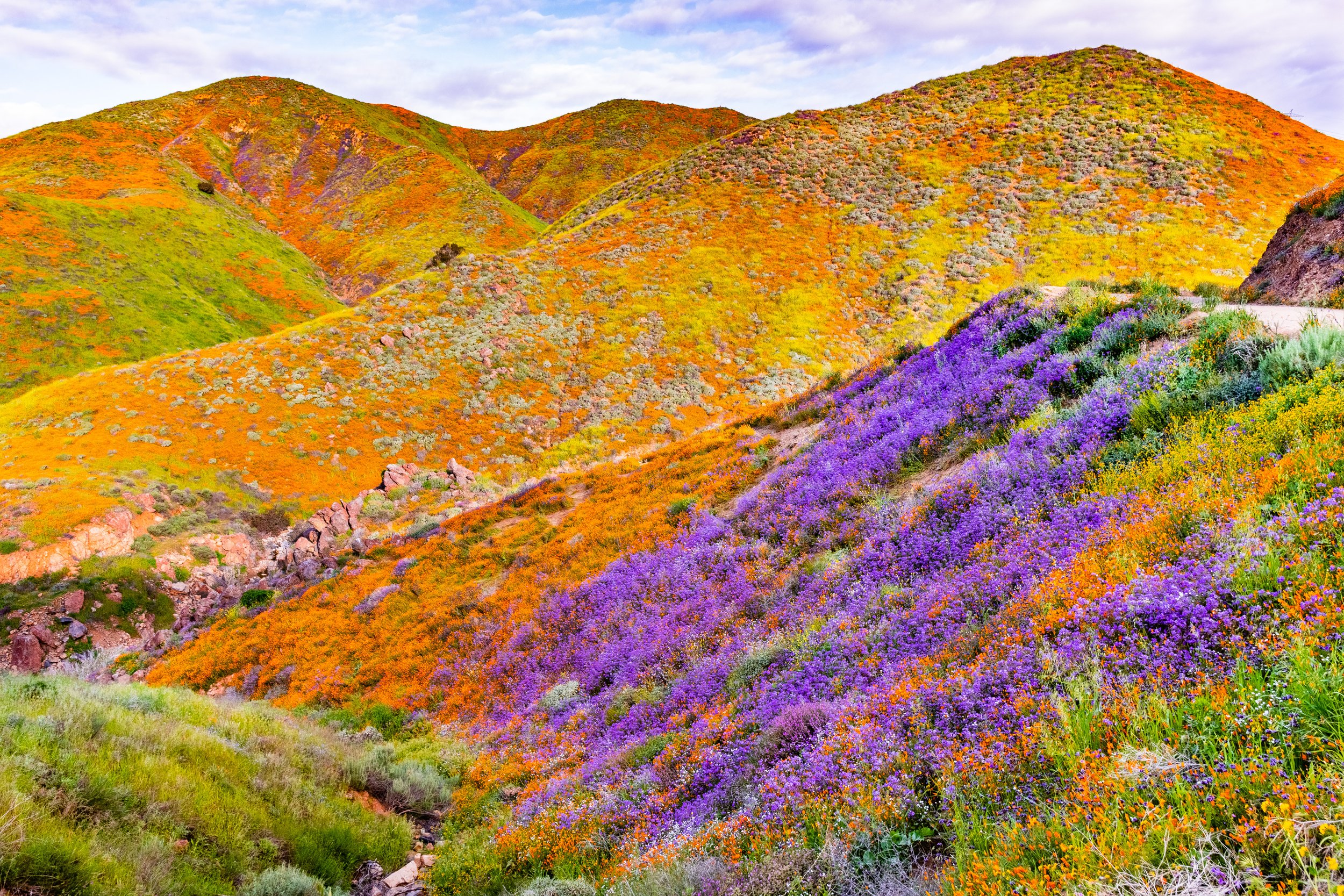
CLIMATE APPROPRIATE PLANTING
A microclimate is the local climate difference of a small area that can offer different growing conditions. The conditions of microclimates are determined by exposure to heat, light, water, & wind.
Download the right template for your microclimate
-
Ventura County:
Ojai Valley Region
Fillmore
Moorpark
Simi Valley
Thousand Oaks
Santa Barbara County:
Buellton
Solvang
Los Olivos
Santa Ynez
Santa Maria
Los Angeles County:
San Fernando Valley
-
Ventura County:
Santa Paula
Oxnard
Ventura
Camarillo
Port Hueneme
Santa Barbara County:
Goleta
Santa Barbara
Summerland
Montecito
Carpinteria
Los Angeles County:
Malibu
Pacific Palisades
Santa Monica & Venice
-
Ventura County:
(coming soon)
Santa Barbara County:
(coming soon)
Los Angeles County:
(coming soon)
What is Climate Appropriate Planting?
Choosing the right plants to save water, save money, & create habitat.
California has a number of different climatic & ecologic zones that range from the desert to the redwoods. Each has a set of native & naturalized plants that are best suited to that environment & should be propagated to the benefit of other plant & animal species & water resources.
DO:
DO completely remove lawn & other exotic/invasive species before installing Climate Appropriate Planting. Maintain weeding when invasive species re-sprout. Mulching can help prevent weeds, too!
DO consider microclimates: Observe your site. Which areas get sun or shade? Where are steep slopes or wetter drainages? What are the soil conditions? Test your soils.
DO plant native & flowering pollinator plant species: many native & flowering plants provide critical pollinator habitat as food & shelter.
DON’T:
DO NOT irrigate lawns or climate inappropriate species: remove & replace with native, drought tolerant plant species.
DO NOT use pesticides & herbicides! These harm pollinator species.
DO NOT remove leaves or over-prune. Keep leaves on the ground and postpone pruning & cutting back: instead of removing in autumn & through winter, leave them behind for pollinating insects to use for their eggs & pupae.
Multiple Benefits
FIRE RESILIENCE
FOOD SECURITY
GROUNDWATER RECHARGE
EXTREME HEAT REDUCTION
HEALTHY COMMUNITIES
Related Tools
Rain Gardens
Mulching
Rainwater Harvesting
Pollinator Corridors
Greywater - Sink/Shower
Greywater - Laundry to Landscape

















